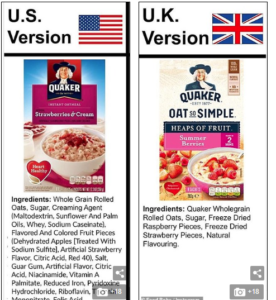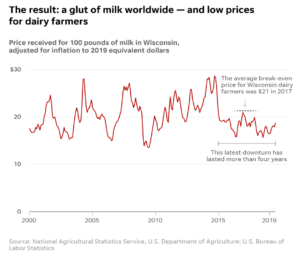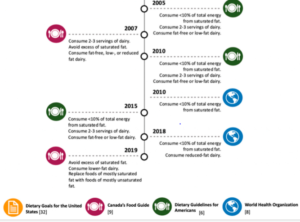The Zombie Center for Consumer Freedom is back. Its target? Plant-based meat.
Just in time for Halloween, the zombie is back.
I can hardly believe that the deeply discredited Center for Consumer Freedom (CCF)is on the attack again with another one of its snarky full-page ads in the New York Times (Monday, October 28).

The Center is infamous for secrecy about who pays for such things.
In this case, it’s easy to guess that the meat industry must behind it. The most likely candidate is the National Cattlemen’s Beef Association (NCBA) on the basis of its already aggressive campaign against plant-based meat alternatives (see below).
If beef producers are hiring the Center for Consumer Freedom, you know that their industry is in real trouble.
If they are employing the CCF, they deserve to be in trouble.
NCBA Lobbying
- Introduction of legislation against plant-based meat alternatives
- Summary of “The Real Marketing Edible Artificials Truthfully (MEAT) Act of 2019”
- The NCBA ‘‘Real Marketing Edible Artificials Truthfully Act of 2019’’ or the ‘‘Real MEAT
Act of 2019.’’
CleanFoodFacts.com: Does it exist? I can’t find it online.
FoodNavigator-USA has a report of the press release for this, and the Center’s vague discussion of where the funding comes from.





